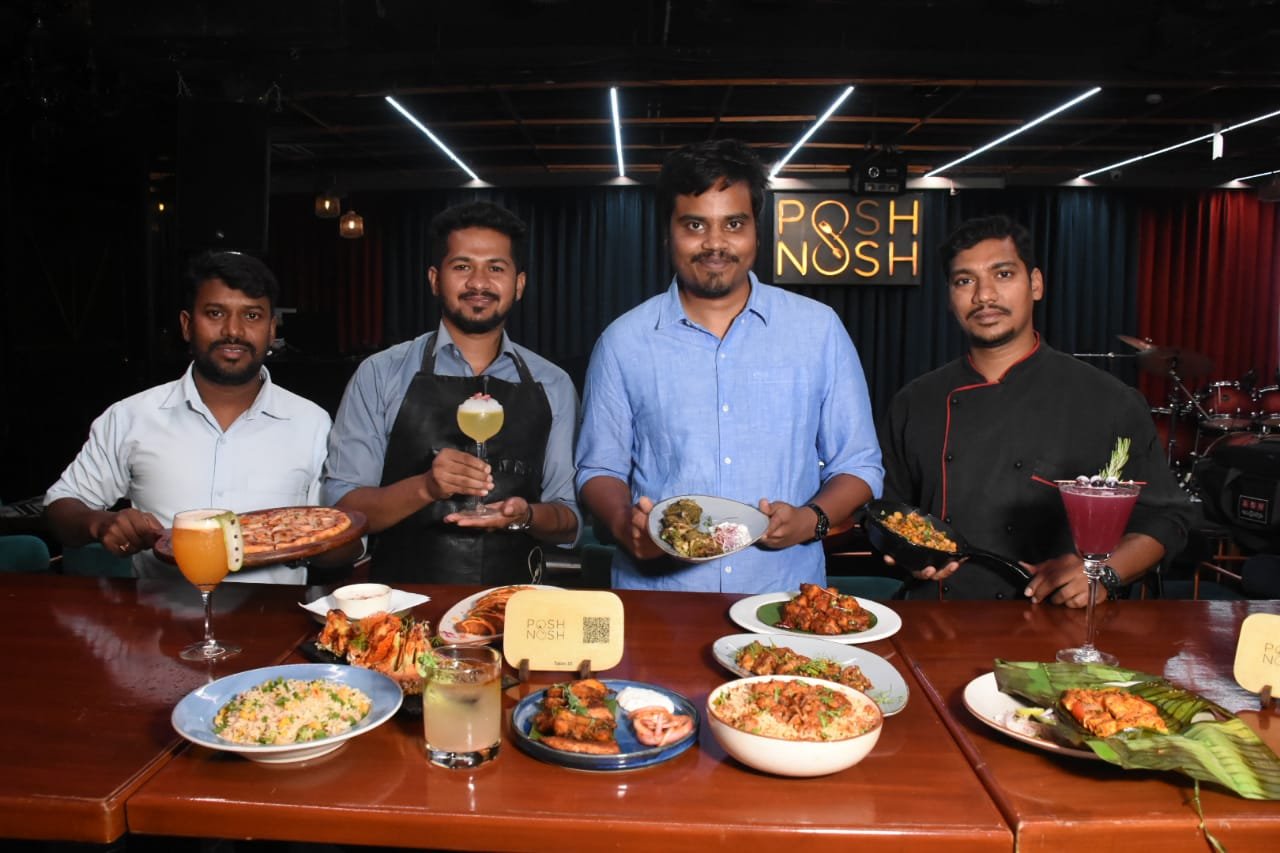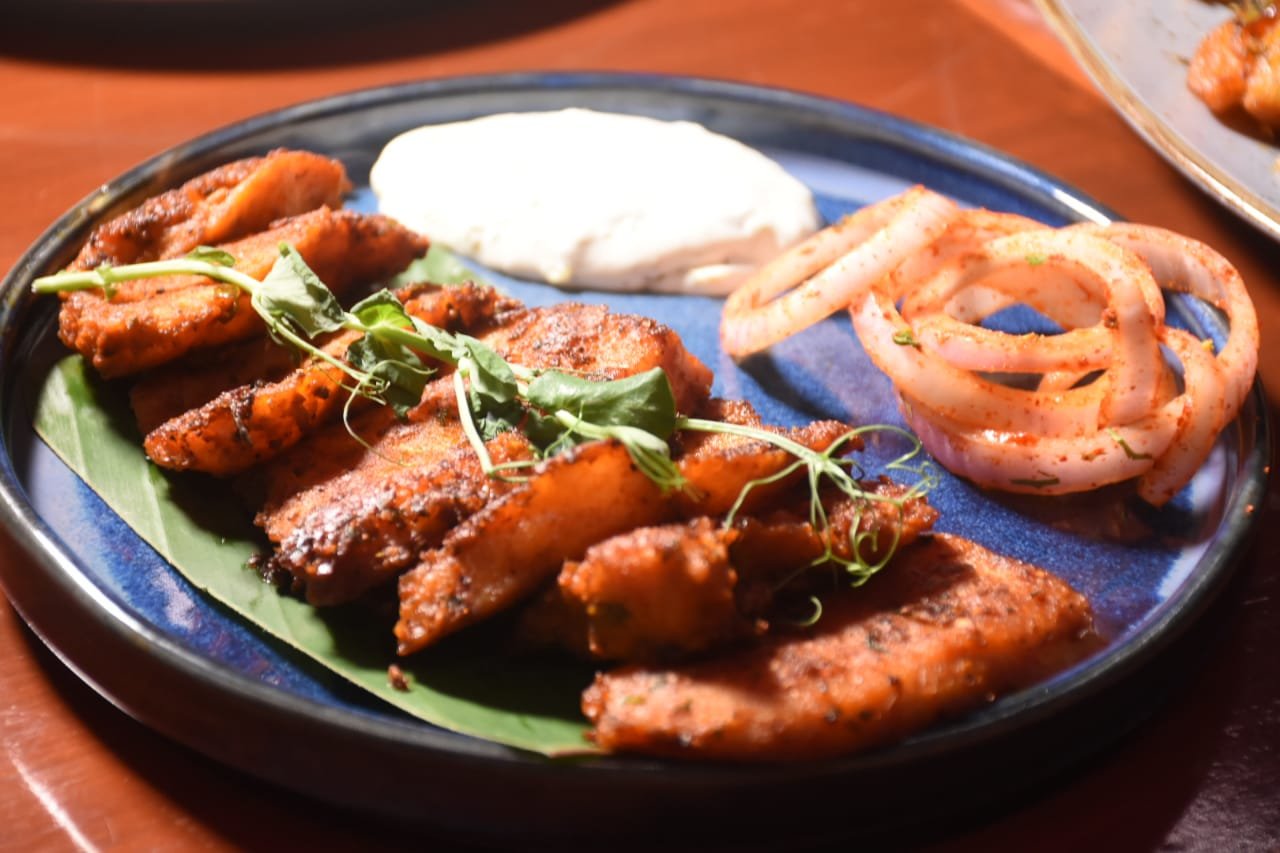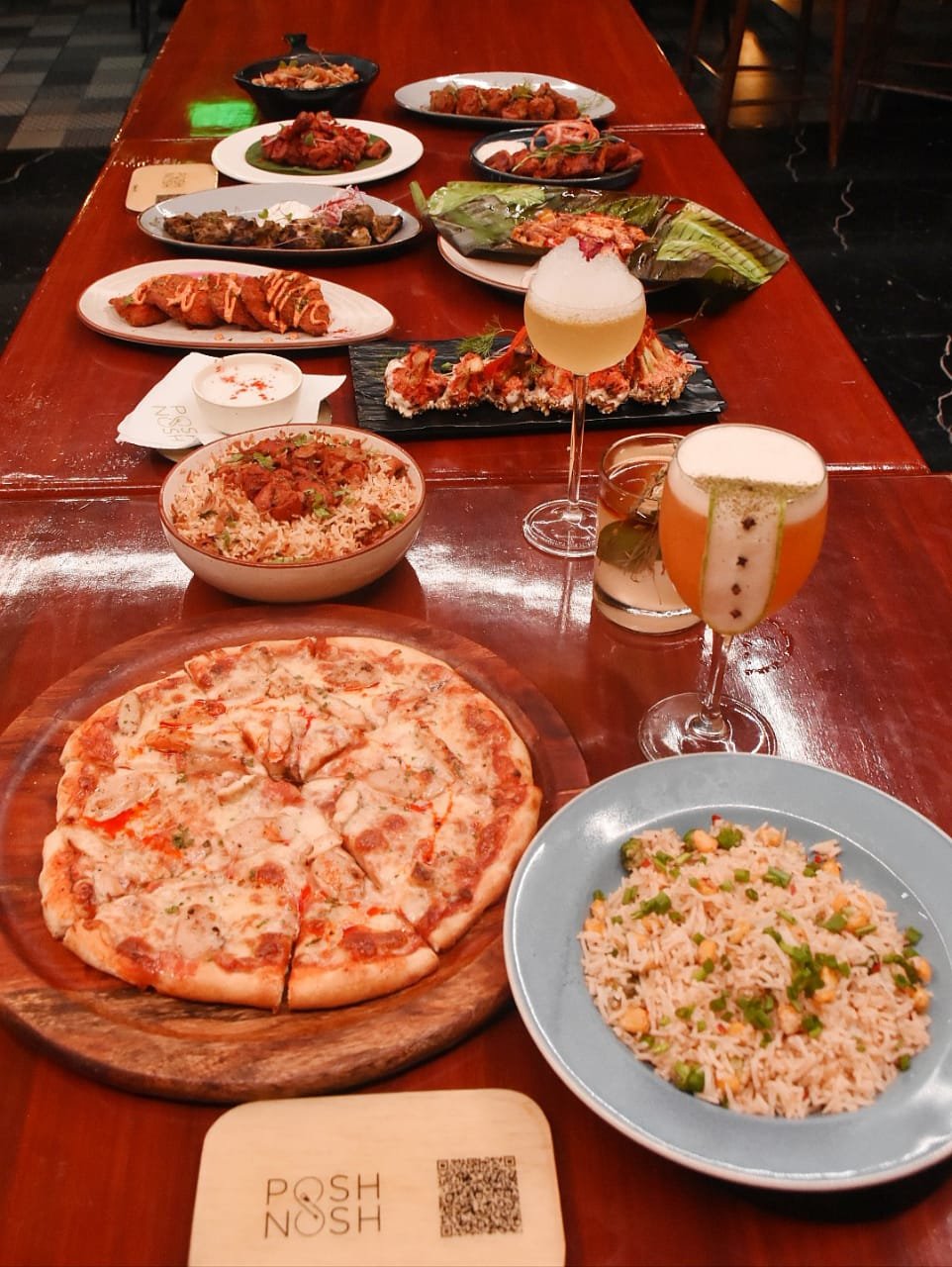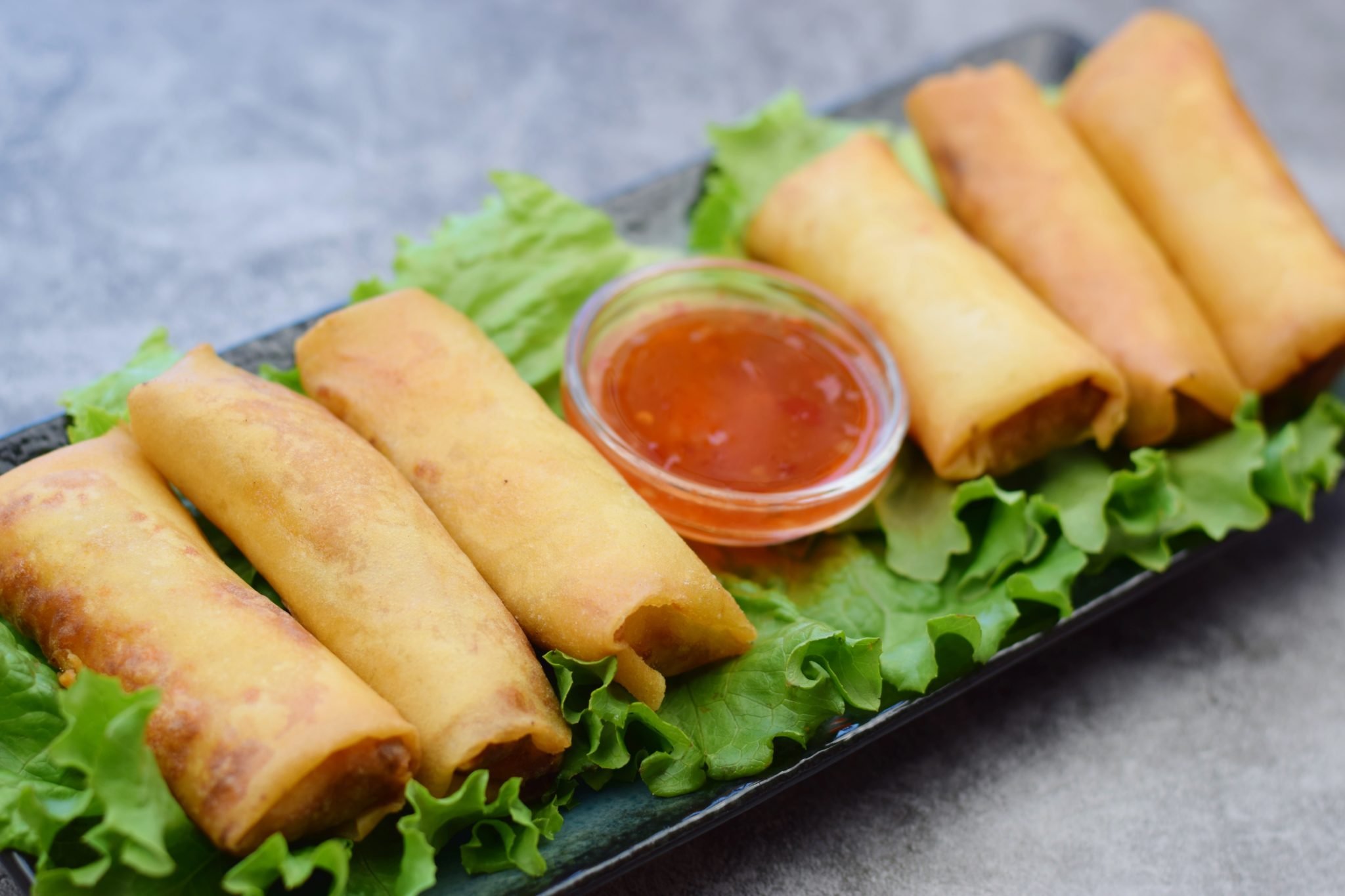A Versatile- Varied & Wow Cuisine
A Basic Introduction: It is said that around the 16th century, Chinese traders & immigrants landed up in the Philippines not only with their silks and ceramics but also bringing their Cantonese specialties & Chinese cooking traditions like stir-frying and steaming methods of cooking and since then it has been having a very close connection with the influence of its adaptations into Filipino cooking. Besides this it has also been linked to Spanish and a bit of American flavors which have been slowly incorporated and seen this cuisine develop over the years. The Filipinos are very jovial, sociable people who love to enjoy life, party and their food is often at the center of attention at many celebrations & moments to cherish.
My personal connect with this cuisine goes back to the late 1970s when I saw myself living in the Philippines for a few years, also undergoing my schooling years there I recall having eaten this food ever since and the very first thing that comes to my mind is a steamed bun called siopao- a classic vow some Filipino recipe using a fermented steamed bun stuffed with a nice soy based chicken/pork filling served with dipping sauces! Memories take me back to then and learning this cuisine in my home kitchen over the years has been very interesting and dear to my heart, having done a study on this cuisine with over 120 plus recipes altering them to suit our Indian palate in one of authored cookery book collections is just mesmerising and a great guide to those who wish to explore this versatile and tasty cuisine further!
One of the reasons why Filipino Food also called Pinoy Food is so popular the reason being it draws inspiration from several influences and one can definitely taste a blend of Spanish, Chinese, Asian and western influences in a well-designed & crafted to a perfect formula in most of the recipes in this cuisine.
The Basic Filipino Diet:
Philippines comprises of around 7000 islands and with so much water around it is no wonder that abundance of seafood is a main source of protein and their staple diet which is fish and rice. Besides this they also consume pork, mutton, lamb, prawns, chicken, luncheon meat, sausages, ham, bacon, eggs etc. this cuisine is well defined as a balance of salt, sweet, sour flavors in a perfect melange!
They normally have three meals a day including breakfast [almusal or agahan] lunch [tanghalian] and dinner[hapunan]plus an afternoon snack called meryenda.
A traditional breakfast usually includes pandesal these are small bread rolls to go along with the other dishes like eggs, ham, cheese, salami etc.
Leftover Rice is usually tossed with garlic to make a dish called Sinan gag, which is usually served at breakfast with egg preparations and cured meats, cold cuts etc.
Some basic condiments and flavors in this cuisine:
Soy sauce, fish sauce, vinegar, cream style shrimp paste, variety of herbs, garlic, Bayleaf, peppercorns, onions, tomato, cilantro and not to forget the lime called as Kalamansi, these bring out the basic taste in these foods to level next. A variety of dipping sauces go along with the meals as well especially with roast dishes etc.
SEAFOOD: some of the popular varieties include tilapia, catfish also called hito, milk fish also called bangus, grouper fish also called lapu lapu, prawns, mackerels, mussels, large and small crabs, tuna fish- fresh and canned. The most common way of having fish here is to lightly salt it and prepare it pan fried or deep fried and then eaten as a simple meal along with steamed rice and some veggies. Fish is also cooked in a light gravy with tomato or tamarind as well at times prepared with veggies and vinegar. Dried fish is also popular here adding them to egg omelettes as well.
Let’s take a note of a few popular Filipino Favorites:
Lechon- whole roasted pork a speciality during festivities and celebrations.
Tortas- made with pork/chicken mince with egg into mini bites or patties.
Lumpia- these are fresh or fried spring rolls with veg/non-veg fillings with chicken/meat/sprouts/spring onions etc served with dipping sauces.
Pancit- noodles which are basically the rice variety type thin and translucent, cooked with soy, chicken or pork, colorful veggies, and served hot with steamed rice and a dash of tabasco.
Adobo- one of the most popular dish from this cuisine made with chicken or pork braised in garlic, vinegar, oil and soy sauce, well cooked and served on a bed of steamed rice.
Kaldereta- is a popular Filipino meat stew in tomato based gravy with assorted veggies and mildly spiced, served with rice.
Toyo Chicken- a popular chicken recipe in soy based marination with cloves of garlic, joints of curry cuts simmered and thickened up with corn-starch, served with garlic egg fried rice.
Hotcakes: these are also similar to pancakes made with a base of all purpose flour, eggs, vanilla essence, milk, butter and baking powder, allowed to rest for some time, spooned into a pan, cooked both sides, topping of honey and melted butter tastes yum!
Bola Bola- these are basically meat ball concepts which are made using minced pork/mutton/chicken or even fish and seafood, with eggs, cream, bread crumbs for binding they are usually fried and tossed in a sauce and eaten with rice.
Chow Mein- yet another favorite Filipino version influenced from Chinese cooking the Chow Mein uses boiled noodles, lightly pan fried at times and topped with a white color gravy thickened with corn starch with colorful vegetables, boiled shredded or cubes of chicken and spring onion greens enjoyed as a meal in itself.
Kababayan- popularly known as Filipino muffins, small gong shaped baked goodies which is moist in texture enjoyed with tea/coffee.
Leche flan: it is similar to caramel custard made with eggs and milk and is one of the most popular dessert here in the Philippines. It is made very much the same way like the French style of crème caramel, served cold.
Buko pie- is a nice sweet dish made with a filling of young tender coconut flesh and dairy including milk powder, condensed milk etc.
Sinipit- these are sweet pastries covered with a crunchy sugar glaze which looks like a length of rope. We also have churros here from the Spanish influence and served fried with variety of dipping sauces including chocolate.
Buko Salad: is a classic Filipino tropical fruit salad using canned fruit cocktail, cherries, pineapple dressed up in an immensely sweet condensed milk-based coconut cream and tender coconut shreds as a part of this served chilled.
Here are a few popular Filipino recipes worth trying in our kitchens and enjoying their aromas and flavors:

























































